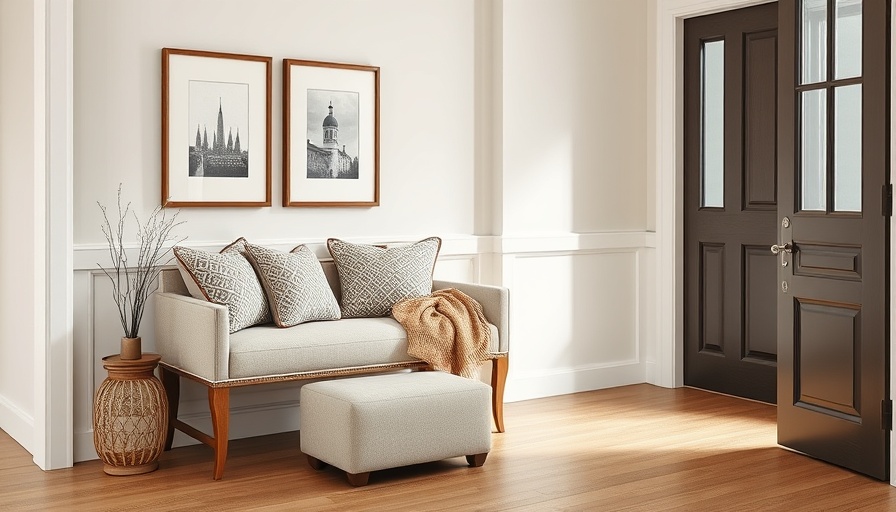
Mastering the Art of Home Decor: Achieving Balance
Is your living space feeling less like a serene retreat and more like a chaotic gallery? You’re not alone! Many homeowners grapple with decor proportions that feel just off. Whether it’s a piece of furniture that dominates a room or wall art that feels almost invisible, achieving balance is essential for creating an inviting space. This article explores fixing scale issues in home decor, offering valuable tips that resonate with every design enthusiast.
Understanding Scale and Proportion in Decor
The secret to harmonizing any room lies in understanding the relationship between scale and proportion. Scale refers to the size of an object in relation to its surroundings, while proportion deals with how parts of a whole compare to each other. Let’s start by understanding how to size up your decor. For instance, if you have a small room, filling it with oversized furniture can overwhelm the space, while tiny decorative pieces can get lost in larger environments.
Identifying Common Scale Mistakes
Consider these common pitfalls when decorating:
- Cluttered Spaces: Gallery walls can become overwhelmed by too many small pieces, which can feel chaotic.
- Overwhelming Artwork: A large piece of art can dominate a tiny room, detracting from your stylish intent.
- Misplaced Mirrors: Hanging a small mirror above a large piece of furniture can dwarf the effect, lessening the impact.
Practical Insights: Achieving Balance in Your Home
To kick off decorations while maintaining coherence and balance, employing practical design principles is crucial. Below are innovative approaches that can help you refine your space:
- Layered Decor: Don’t be afraid to use varying heights when displaying decor items. For instance, arrange taller objects, like vases or candlesticks, next to shorter ones to create visual interest.
- Group Similar Items: Instead of scattering decor throughout the room, cluster similar items together. This method creates a focal point and helps visualize the space better.
- Maintain A Cohesive Color Palette: Ensuring that your decor reflects a harmonious color scheme not only simplifies the design process but also ties together various elements of the room.
Engaging Anecdote: A Reader's Design Dilemma
One reader, Meghan, faced a challenge while decorating her narrow fireplace mantel, which was only 8.5 inches deep. She had a beautiful large landscape painting but struggled with small decor items that felt insufficiently impactful. By grouping larger decor pieces and varying heights—like incorporating brass candlesticks or layered prints—she was able to create a balanced and appealing display.
Visual Storytelling: The Power of Scale
The visual narrative your home tells is shaped not just by your style but by proportionate choices. For example, your furnishings should not only fit the room but also each other. A large sectional can beautifully anchor a large space, while a sleek coffee table can add sophistication without overwhelming it.
Beyond Furniture: Utilizing Accessories and Textures
Decor isn't limited to large assets—accessories play a key role. Introducing texture through pillows, throws, or rugs can enhance comfort while also reflecting your personal style. Accent pieces can also help fill areas lacking energy, lending a warm, inviting ambiance.
Actionable Steps for Your Home Design Journey
Ready to enhance your space? Start by measuring your room and furniture carefully to understand the scale. This initial step is crucial in making informed decisions. As you shop for decor, visualize how each piece will interact within your space—will it complement or conflict? Finally, maintain flexibility. Sometimes, the best design choices come from experimenting and adjusting bits as you go.
By consciously choosing decor that complements the scale of your space, you are not only refining your design skills but also crafting a home that feels welcoming and cohesive.
If you’ve enjoyed these insights and wish to take your decor to the next level, why not put these strategies into practice? Look around—what decor decisions are standing in the way of your design dreams? Get started today and watch your space transform into a balanced masterpiece.
 Add Row
Add Row  Add
Add 




Write A Comment